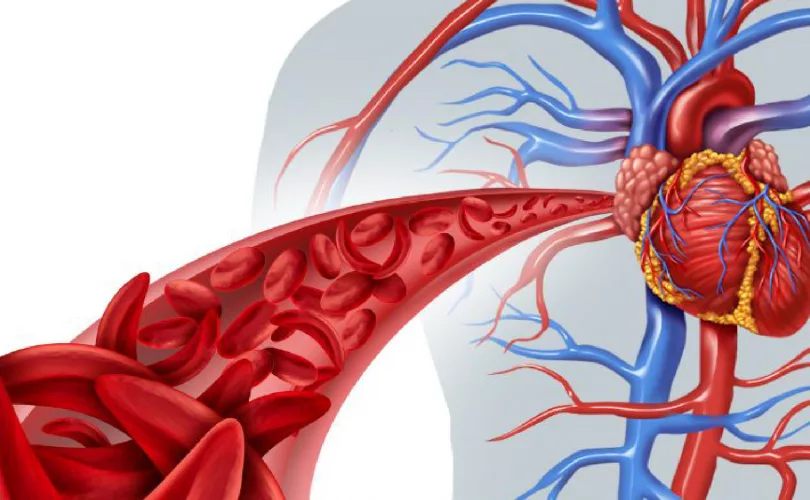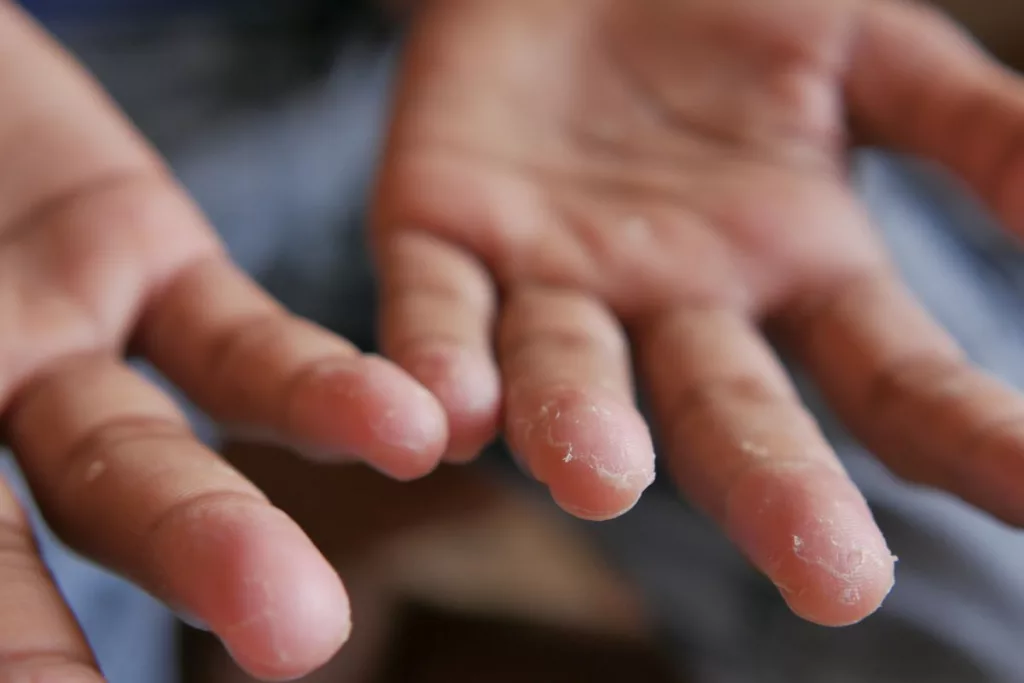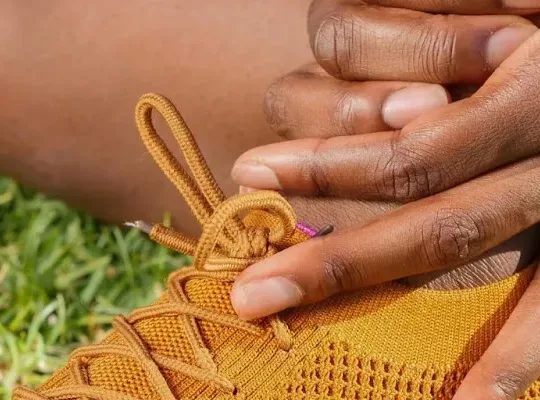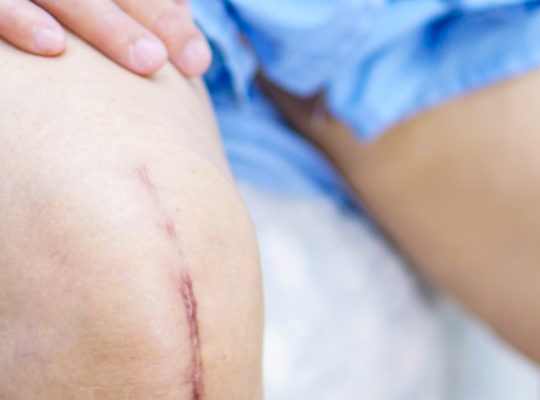Maintaining a healthy circulatory system is vital for overall well-being, as it ensures that oxygen-rich blood is efficiently transported throughout the body.
However, poor circulation can have serious implications, affecting various organs and leading to discomfort and potential health complications.
This is why recognizing the warning signs of poor circulation is crucial.
By identifying them early, you can consult a doctor and take the necessary steps to help your circulation before it becomes a more serious problem.
Whether you are experiencing occasional symptoms or persistent discomfort, it is essential to pay attention to your body’s warning signals.
In this article, we will explore the top ten warning signs that should never be ignored when it comes to your circulation.
Understanding these symptoms and their potential causes can help you to make informed decisions about your health and seek appropriate treatment.
1. Brittle Fingernails And Toenails
Fingernails and toenails grow evenly and continuously when your circulation is healthy.
Their growth is fueled by the oxygen and nutrients in your blood and poor circulation can result in your nails not getting the nutrients they need to grow.
If you notice that your nails start to become brittle and break more easily than normal, this can be a sign of poor circulation. In more extreme cases, your nails may even fall out.
2. Cold Hands And Feet
Poor circulation can prevent your hands and feet from receiving the warm blood that they need.
Your extremities not receiving enough blood is one of the classic signs of poor circulation and can lead to your hands and feet being unnaturally cold.
If the rest of your body has a normal temperature but your hands and feet are cold, you should consult your physician. As a temporary measure, you can wear socks or gloves to keep warm.
3. Dizziness
People that suffer from poor circulation commonly report feelings of dizziness when they stand up. This can also result in feelings of lightheadedness during exercise as well.
The cause of this dizziness can be a lack of blood flow to the brain. With poor circulation, you can have a drop in your blood volume and this results in less blood getting to the brain.
Without this blood, the chances of becoming dizzy or having a head rush increase.
4. Dry Or Cracked Skin
This can occur anywhere on the body but is especially common on your feet.
Skin cells need a constant supply of blood to regenerate and remain healthy and poor circulation will prevent them from getting the oxygen and blood they need to fuel the creation of new cells.
Without new cells being created at the rate that they should, the old and dead cells stick around for longer than they should.
This leads to your skin becoming dry and eventually cracked. Cracked skin can become painful and lead to open wounds so this is an important symptom to take care of early.
5. Erectile Dysfunction
Getting and maintaining an erection is all about blood flow and this makes erectile dysfunction a common complaint among men with poor circulation.
It’s also a common problem for men who suffer from type 2 diabetes as around half of all diabetic men are thought to suffer from this condition.
There are many different causes of erectile dysfunction but poor circulation should not be overlooked as a potential source.
6. Hair Loss Or Patchiness
Hair growth is fueled by the nutrients in your blood. If the hair follicles don’t receive the nutrients they need, hair won’t grow as it should.
Poor circulation can result in both hair loss and patchy growth. This is especially the case of hair on your legs and ankles.
This hair loss can take some time to manifest but you may notice slow growth over the course of a few months.
7. Slow Healing
If you have an open wound on your skin, whether it be a serious injury or a small wound like a paper cut, good circulation is essential to the process of healing.
Damaged tissue needs oxygen and nutrients as well as white blood cells to fight off infections and clear foreign bodies.
With poor circulation, the healing process will take longer. The injured site won’t get the blood flow it needs to repair itself in a timely manner.
Delays in healing can lead to an increased risk of infection and the injury becoming more serious. If you notice that any wounds are taking longer to heal than normal, this could be a sign of poor circulation.
8. Skin Discoloration
Poor circulation can lead to a condition called cyanosis. This occurs when parts of your body don’t receive enough oxygen and it can lead to your skin becoming discolored and having a blue tinge.
9. Tingling Hands And Feet
Also known as pins and needles, feeling a tingling sensation in your hands and feet can be a sign of poor circulation.
This can commonly occur when you sit or lie down in a way that cuts off the circulation to one of your limbs and quickly wears off once you move.
However, if you feel these sensations for no obvious reason, it might be caused by poor circulation.
10. Tiredness And Fatigue
The final warning sign of poor circulation is feeling more tired or fatigued than usual.
There are many reasons why someone can feel more tired, but when it comes to poor circulation, it can be caused by a slower blood flow. This means you don’t get as much energy and will tire more quickly.
Final Thoughts
In this article, we looked at 10 warning signs of poor circulation that you shouldn’t ignore.
Although none of these signs in isolation mean you definitely have poor circulation, they may be signs of a problem and should be checked out by a physician. You can also carry a common problem first aid for these common health problems.






